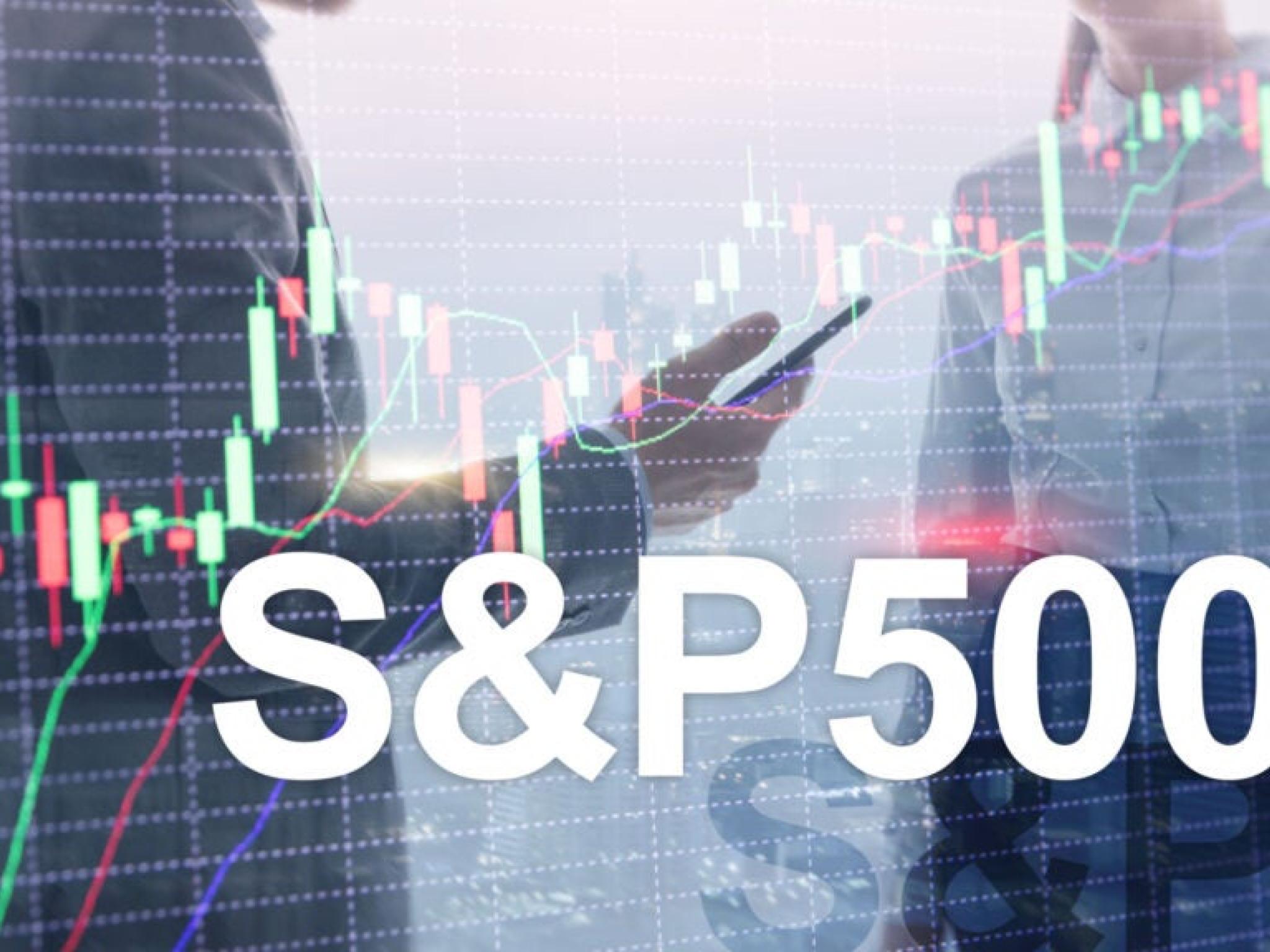
The Vanguard S&P 500 ETF (NYSE:VOO) has shattered records, crossing $100 billion in annual inflows this year, a historic high for any ETF over the same period.
Data from ETF.com shows that the fund witnessed $101.07 billion in fresh money from investors, more than the combined inflows of its two closest competitors: iShares Core S&P 500 ETF (NYSE:IVV) with $59.2 billion and SPDR S&P 500 ETF Trust (NYSE:SPY) with just $22.9 billion.
In the multi-trillion-dollar exchange-traded fund industry, this trend is sparking debate over whether SPY, the world's largest ETF, is now on the brink of losing its long-standing crown.
$VOO Poised To Become The World’s Largest ETF Next Year
Despite SPY still holding the title of the world's largest ETF, with $620 billion in assets under management (AUM), the gap between it and VOO — currently at $579 billion — has narrowed to $41 billion.
“That means that there is a very real possibility that VOO overtakes SPY as the world's largest ETF as soon as next year,” commented Sumit Roy, senior analyst at ETF.com.
“But even if that happens, SPY's slide down the ETF leaderboard might not stop there. IVV is also nipping at its heels, with $565 billion in AUM,” he added.
World’s 10 Largest ETFs by AUM
| ETF Name | AUM ($ bn) | Expense ratio |
|---|---|---|
| SPDR S&P 500 ETF TRUST | 620.26 | 0.09% |
| Vanguard S&P 500 ETF | 579.35 | 0.03% |
| iShares Core S&P 500 ETF | 559.64 | 0.03% |
| Vanguard Total Stock Market (NYSE:VTI) | 460.11 | 0.03% |
| Invesco QQQ Trust, Series 1 (NASDAQ:QQQ) | 310.27 | 0.20% |
| Vanguard Growth ETF (NYSE:VUG) | 151.13 | 0.04% |
| Vanguard FTSE Developed Markets ETF (NYSE:VEA) | 135.42 | 0.06% |
| Vanguard Value ETF (NYSE:VTV) | 133.31 | 0.04% |
| Vanguard Total Bond Market (NYSE:BND) | 119.17 | 0.03% |
Expense Ratio: A Critical Factor For VOO’s Institutional Inflows
A key driver of VOO's success is its rock-bottom expense ratio of 0.03%, less than a third of SPY's 0.0945%.
These differences have significant implications, especially for institutional investors managing billions.
A retail investor putting $5,000 into VOO at the start of the year would pay only $1.50 in annual expenses, while the same investment in SPY would cost $4.73 – basically an irrelevant difference.
In sharp contrast, an institutional investor allocating $5 billion to VOO would pay just $1.5 million in fees, compared to $4.73 million with SPY—a staggering $3.23 million difference.
This simple example may explain that expense ratio differences are a huge driver of wholesale investor flows into ETFs.
Read Now:
Image:







